In-stock products will arrive in 1 to 2 business days
Key Features
✓ Endotoxin Level: Determined by LAL method
✓ Purity: Determined by SDS-PAGE and quantitative densitometry by Coomassie® Blue staining
✓ Biological Activity: Yes
✓ Expression System: E. coli
Need Help Ordering?
Product Details
Storage & Preparation
Data Images
Background
Product Documents
Product Details
| Biological Activity | Determined by in-house activity assay |
| Purity | Determined by SDS-PAGE and quantitative densitometry by Coomassie® Blue staining |
| Endotoxin | Determined by LAL method |
| Expression System | E. coli. |
| Accession Number | P21781 |
| Sequence | Cys32-Thr194, with an N-terminal Met
MCNDMTPEQM ATNVNCSSPE RHTRSYDYME GGDIRVRRLF CRTQWYLRID KRGKVKGTQE MKNNYNIMEI RTVAVGIVAI KGVESEFYLA MNKEGKLYAK KECNEDCNFK ELILENHYNT YASAKWTHNG GEMFVALNQK GIPVRGKKTK KEQKTAHFLP MAIT |
| Molecular Weight | 19 kDa (predicted) |
| Formulation | Lyophilized from sterile PBS with Trehalose, pH 7.4 |
Storage & Preparation
| Shipping | Shipped at ambient temperature. |
| Stability & Storage |
|
| Reconstitution | Reconstitute at 100 ug/mL in sterile PBS. |
Data Images
Background
| Alternative Names | Keratinocyte Growth Factor, Fibroblast Growth Factor 7, KGF, FGF7, Heparin-Binding Growth Factor 7, HBGF-7 |
| Function | Keratinocyte growth factor (KGF), also known as fibroblast growth factor 7 (FGF-7) plays a role in embryonic development, cell proliferation, tissue repair, branching morphogenesis, and tumor progression. KGF is primarily expressed in mesenchymal cells, specifically in tissues where epithelial-mesenchymal interactions occur. As such, KGF activity is mainly exhibited on epithelial cells, particularly keratinocytes, by influencing the repair and regeneration of damaged epithelial tissues, facilitating wound healing processes and promoting pathways to protect epithelial cells from UV radiation and toxins. Additionally, KGF is involved in the development and maintenance of hair follicles, promoting hair growth. In cell culture, KGF has efficacy in the differentiation of pluripotent stem cells (PSCs) toward thymic epithelial cells and in the culture of 3-D organoids. The receptor KGF is FGFR2IIIb. |
| Tissue Specificity | KGF has been detected in mesenchymal cells in skin, lung, intestine, salivary glands, and bladder. |
| Cellular Localization | Secreted protein |
| Involvement in Disease | Dysregulation of KGF is associated with psoriasis, gingival hyperplasia, idiopathic pulmonary fibrosis (IPF), inflammatory bowel disease (IBD), mucositis, interstitial cystitis, and tumorigenesis in stomach, colon, pancreas, and ovarian cancers. |
| UniProt | P21781 |
| Gene Symbol | FGF7 |
| Entrez Gene ID | 2252 |
Product Documents
You may also be interested in related products:
Reviews (no reviews yet)
Only logged in customers who have purchased this product may leave a review.



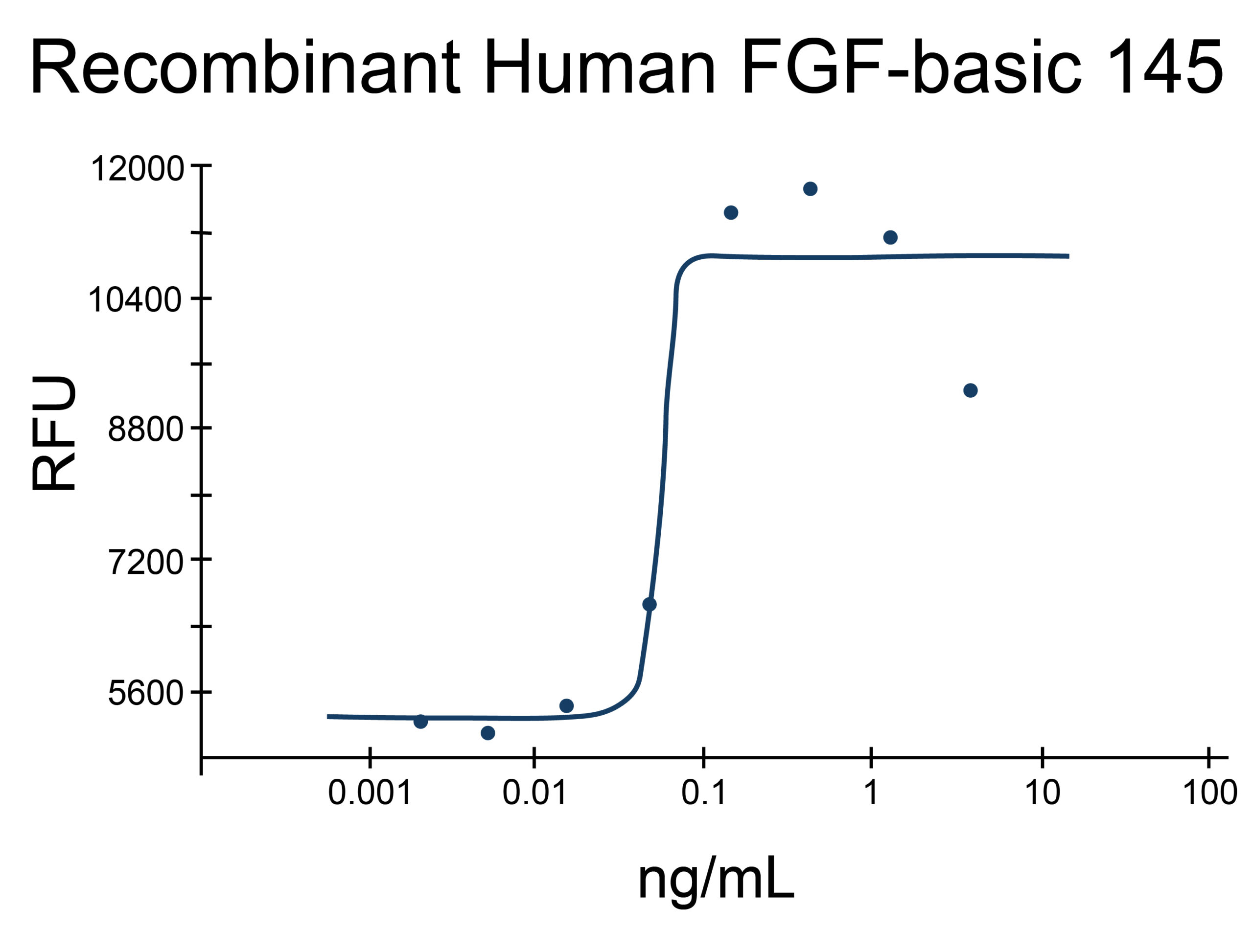
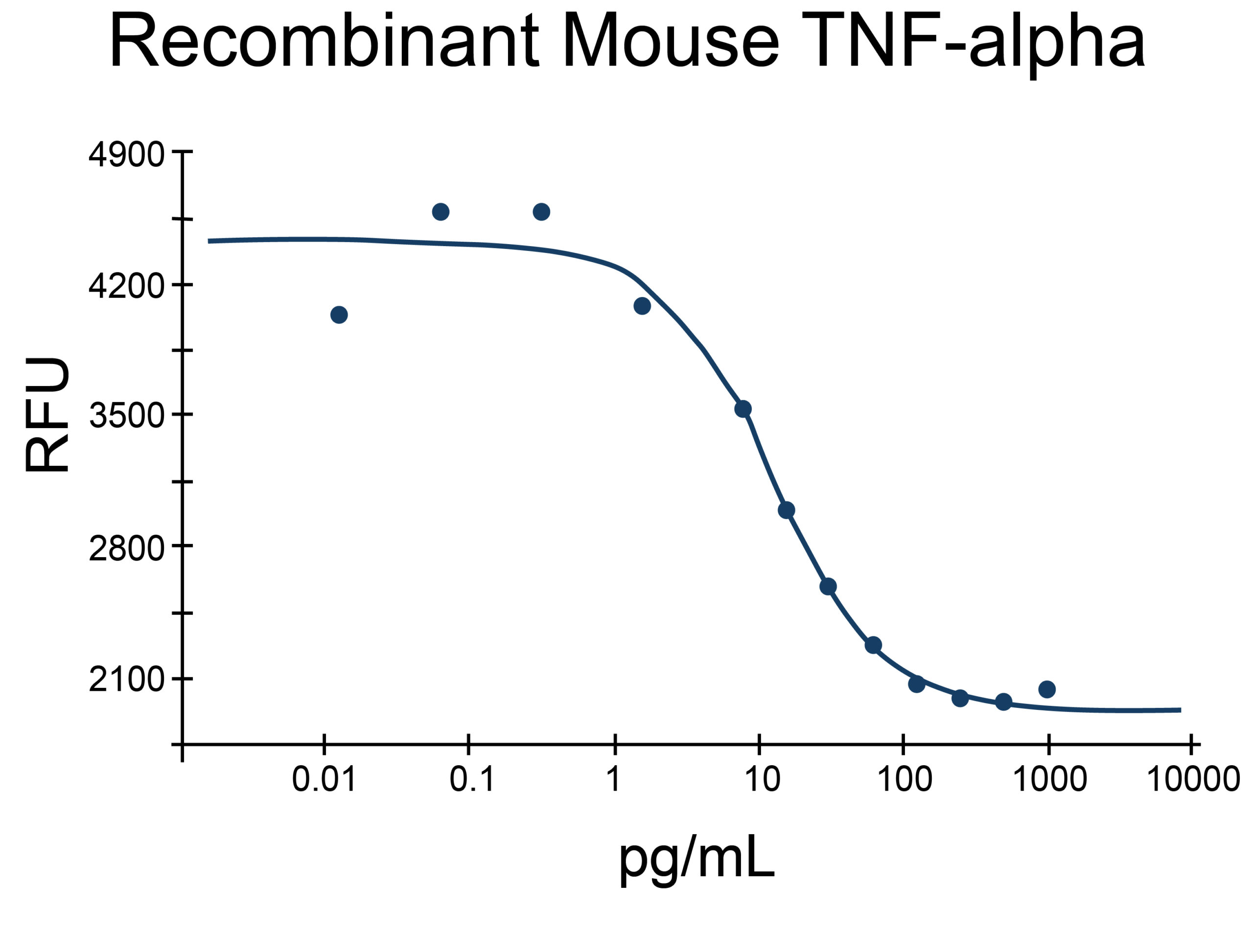
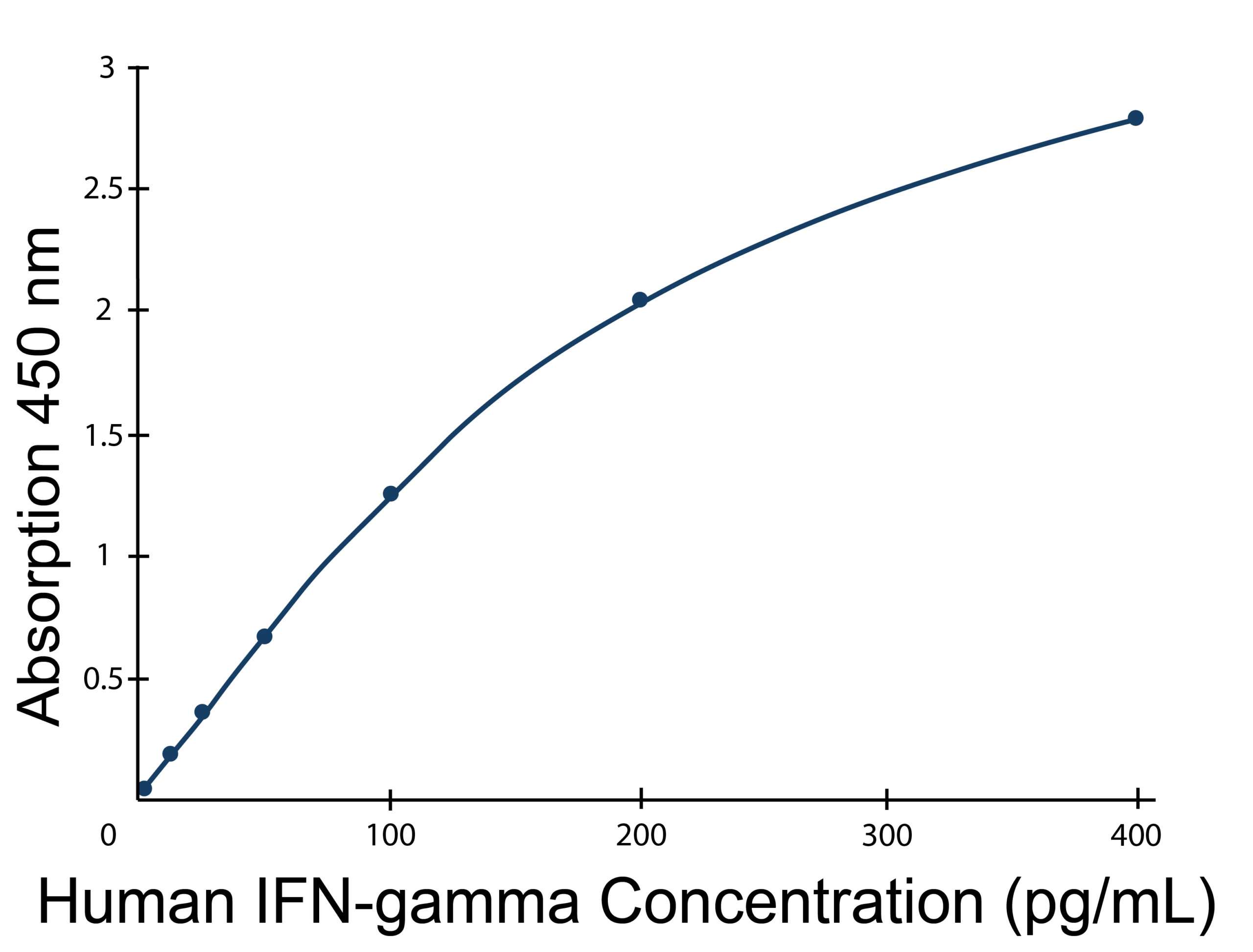
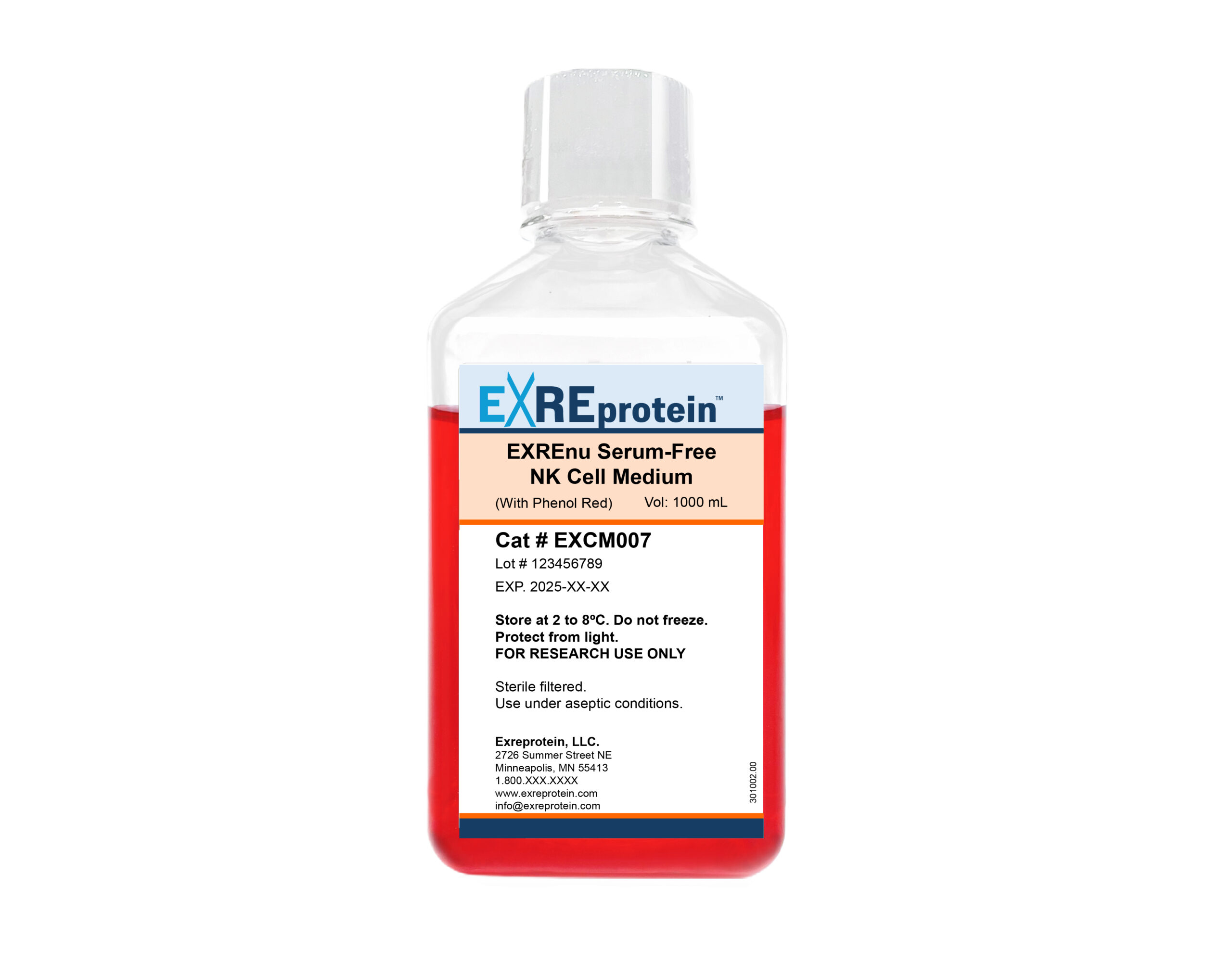
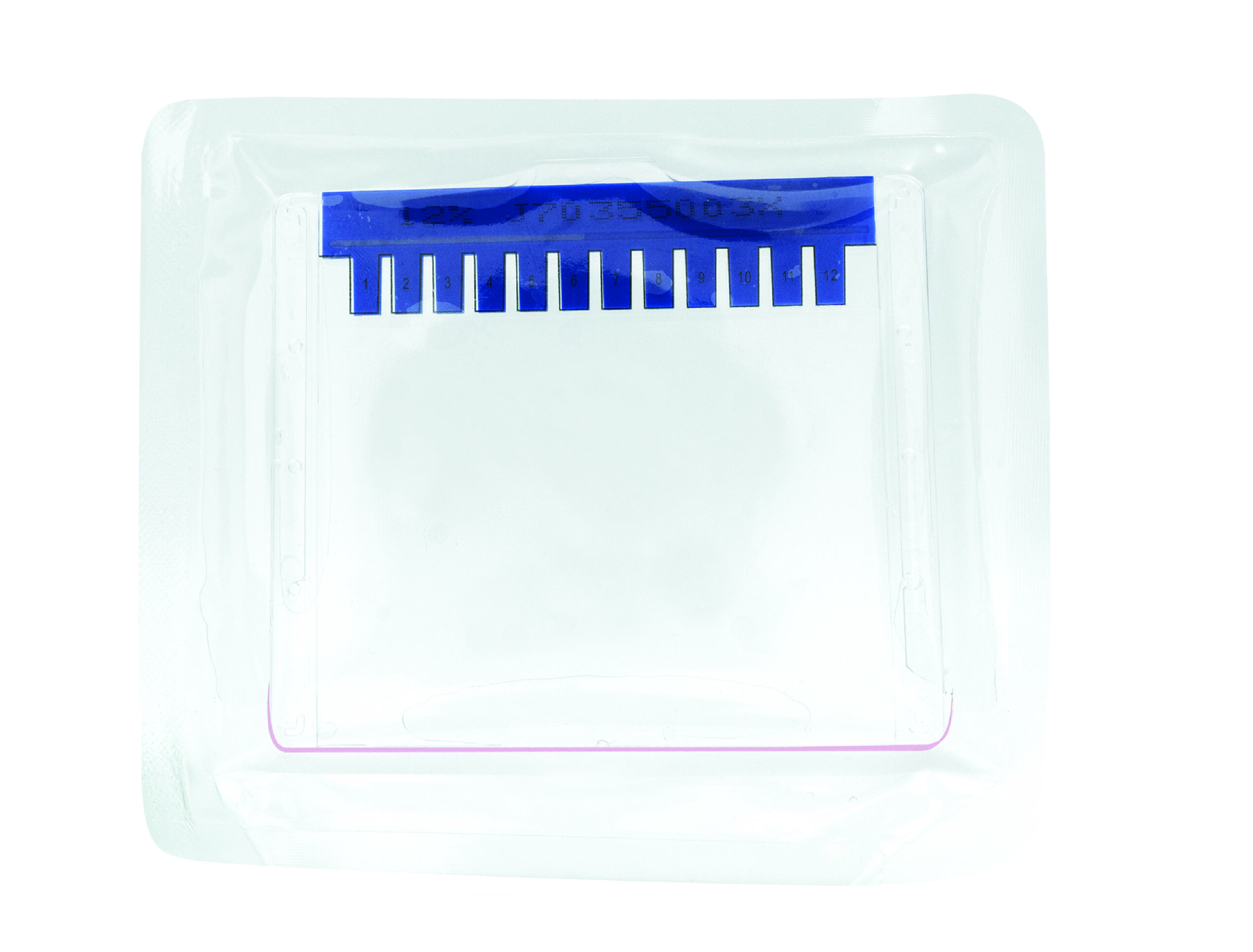
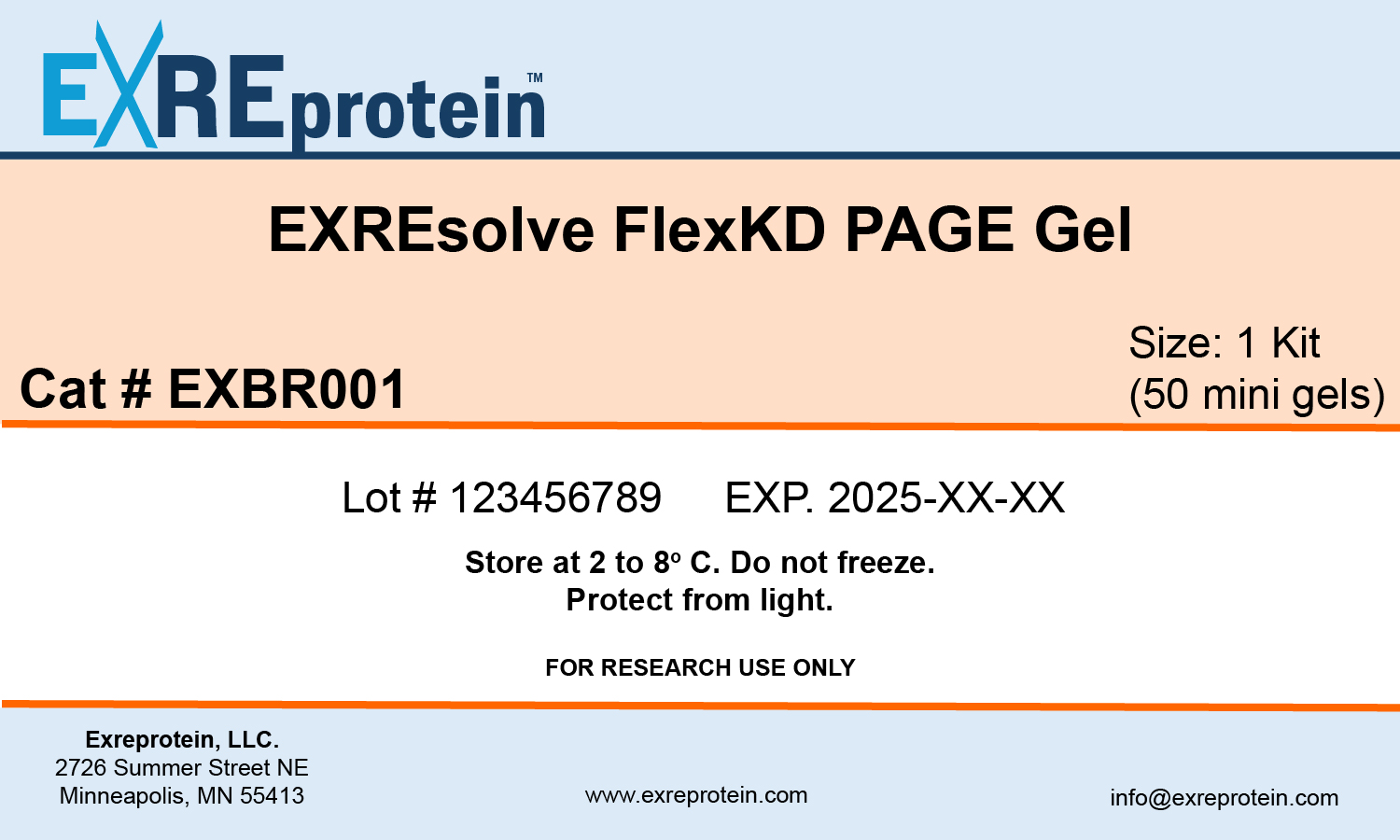
Reviews
There are no reviews yet.